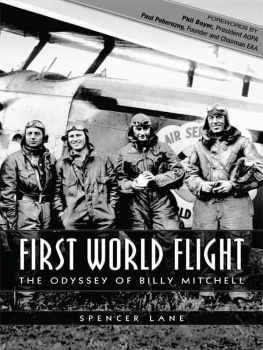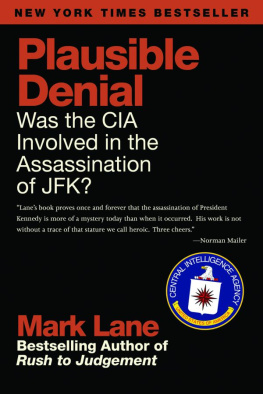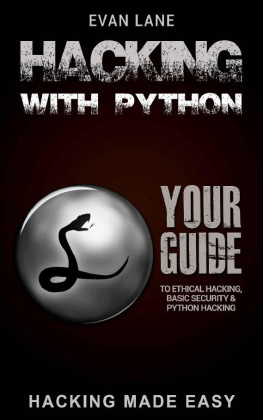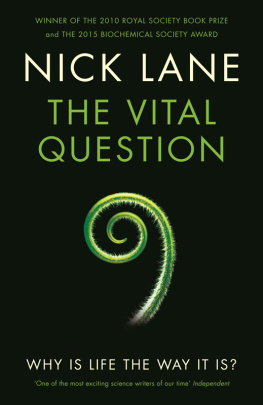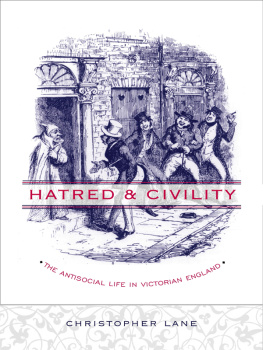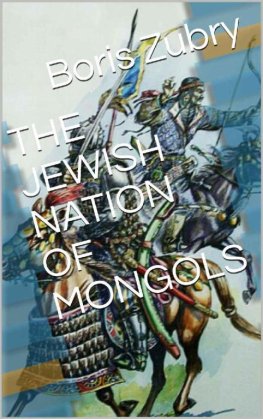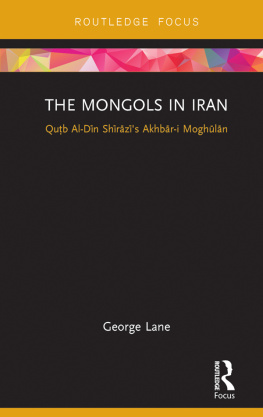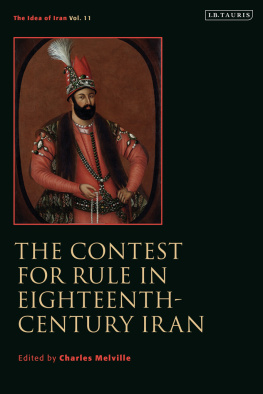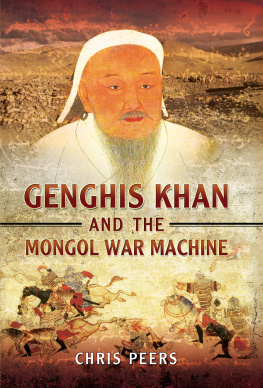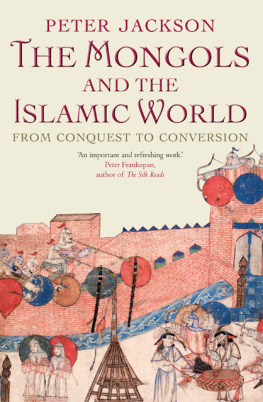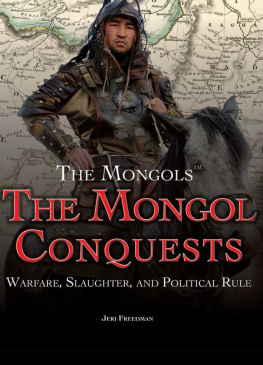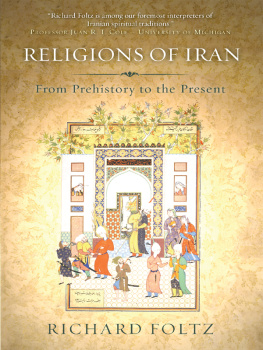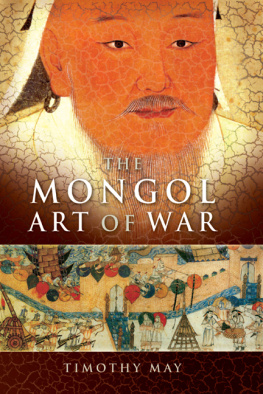For a long period both before and after the Arab conquests of the seventh century, the people of the Iranian plateau and surrounding countries had been living in political and cultural turmoil, interspersed with bouts of stability and development. Despite this, a sense of historical identity and continuity prevailed, albeit tenuously, and it was the so-called catastrophic thirteenth century that finally saw the rebirth of Persia as a central cultural, spiritual and political player on the regional if not the world stage.
After the traumatic years of anarchy following the collapse of the Great Saljuqs in the latter part of the twelfth century, the 1250s saw the arrival of Hleg Khan. This study demonstrates that Hleg Khan was welcomed as a king and a saviour after the depredations of his predecessors, rather than as a conqueror, and that the initial decades of his dynastys rule were characterised by a renaissance in the cultural life of the Iranian plateau. Freed from the spiritual and political oppression imposed by Baghdad and fed on a rich diet of Asian cultural, commercial and mercantile influences, Persia, its language, the state and culture all prospered.
The voice of this unique era of renaissance still echoes in modern Iran and beyond.
STUDIES IN THE HISTORY OF IRAN AND TURKEY
Edited by Carole Hillenbrand University of Edinburgh
This series publishes important studies dealing with the history of Iran and Turkey in the period AD 10001700. This period is significant because it heralds the advent of large numbers of nomadic Turks from Central Asia into the Islamic world. Their influence was felt particularly strongly in Iran and Turkey, territories which they permanently transformed.
The series presents translations of medieval Arabic and Persian texts which chronicle the history of the medieval Turks and Persians, and also publishes scholarly monographs which handle themes of medieval Turkish and Iranian history such as historiography, nomadisation and folk Islam.
HISTORY OF THE SELJUQ TURKS
The Saljuq-nama of Zahir al-Din Nishpuri
Translated by Kenneth Allin Luther Edited by Edmund Bosworth
THE ANNALS OF THE SALJUQ TURKS
Selections from al-Kamil fil-Tarikh of Ibn al-Athir
D. S. Richards
EARLY MONGOL RULE IN THIRTEENTH-CENTURY IRAN
A Persian renaissance
George Lane
EARLY MONGOL RULE IN THIRTEENTH-CENTURY IRAN
A Persian renaissance
George Lane
First published 2003
by RoutledgeCurzon
11 New Fetter Lane, London EC4P 4EE
Simultaneously published in the USA and Canada
by RoutledgeCurzon
29 West 35th Street, New York, NY 10001
This edition published in the Taylor & Francis e-Library, 2003.
RoutledgeCurzon is an imprint of the Taylor & Francis Group
2003 George Lane
All rights reserved. No part of this book may be reprinted or reproduced or utilised in any form or by any electronic, mechanical, or other means, now known or hereafter invented, including photocopying and recording, or in any information storage or retrieval system, without permission in writing from the publishers.
British Library Cataloguing in Publication Data
A catalogue record for this book is available from the British Library
Library of Congress Cataloging in Publication Data
Lane, George, 1952 Early Mongol rule in thirteenth-century Iran : a Persian renaissance / George Lane.
p. cm. (RoutledgeCurzon studies in the history of Turkey and Iran)
Includes bibliographical references and index.
1. Iran-History-1256-1500. 2. Iran-Civilization. I. Title. II. Series.
DS289.L36 2003
955'.02-dc21
2002031695
ISBN 0-203-41787-9 Master e-book ISBN
ISBN 0-203-41936-7 (Adobe eReader Format)
ISBN 0-415-29750-8 (Print Edition)
ILLUSTRATIONS
Figures
The Chinggisids
The Qutlugh-Khanids
The Salghurids
Irq Arab and Irq Ajam. Azerbaijan and the southern Caucasus
Khorasan, Turkestan, Sind and Sstn
Hlegs campaigns
The Mongol Empire, post-Hleg
Plates
Saint Hleg and Dokuz Khatun
East meets west: a Persian prince entertaining a Mongol princess
PREFACE
The misconceptions concerning the rule of Hleg Khan and his immediate successors are due primarily to the dwarfing of this period by those decades preceding it and by the emphasis placed on the succeeding Il-Khans after Islam had been officially embraced. The traumatic invasions of the hordes of Chinggis Khan and Tolui Khan with the years of uncertainty, instability and anarchy which followed these irruptions, have dominated most reporting of the history of Persia in the thirteenth century and, by the emphasis which has been placed on the reign of Ghazan Khan and his so-called reforms so cleverly propagated by his chief vizier, Rashd al-Dn, it is the last four decades of the Il-Khanate which have come to represent the period of recovery from the initial Mongol onslaughts. Later historians, the politically driven, the religiously tempered, and outsiders with their own agendas have overlooked the reality of the years of early Il-Khanid rule and the attitude of the subject people to their new king and have instead painted this whole period in the dark colours of violent transition, extending the years of trauma and chaos to include the relatively stable, culturally vigorous and socially defining years of the early Il-Khanate merely on the grounds that it was nominally non-Muslim. Hleg Khan ruled with the apparent non-opposition and cooperation of his subjects. Many of those loyal subjects earned the approbation of their contemporaries and, since their passing, have had their virtues and talents subsequently eulogised by the chroniclers, the ulam and the learned. Rarely if ever has the charge of collaborator been levelled at these faithful servants of the infidel king and conqueror of Persia by either their peers or later Muslim historians and commentators.
A reappraisal of this whole period is long overdue. Whereas the violent advent of Chinggis Khan heralded the end of an era in the lands of Persia, the coming of his grandson, Hleg Khan, marked a new beginning. The relative ease and the leisurely pace which typified the drawn out journey from Qaraqorum to the pastures of Azerbaijan stand in sharp contrast to other earlier Mongol campaigns. Hlegs train was peopled by a large Persianised administration and from the first time he entered Khorasan, his party was joined by local princes, notables and amirs there to offer their homage and loyalty. Often these were people already acquainted with the Mongols with family and clansmen already integrated members of the ordus. The opposition was mainly from the widely detested and despised Ismls and his destruction of these perceived heretical blasphemers, for many, seemed proof of divine justice working its mysterious designs through the agency of Hlegs horde. The fall of the caliphate like that of Baghdad itself was a process which had been under way from long before the Mongols began stirring in the east. But the decline of the City of Peace and the transformation of its hinterland into marchlands were countered by the rise and prosperity of Azerbaijan. Baghdad was replaced by Marageh and then Tabriz as the capital and the hub of international trade in the region, and, cut loose from a degenerate and impotent caliphate, Islam was invigorated by transformation and cultural nourishment. This was manifest in the growth of Shiite sects, the influx of impassioned Turkish converts, the popularisation of Sufi orders, and the emergence of an emboldened and vocal Sunni


